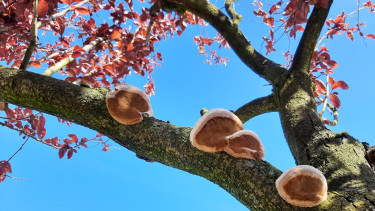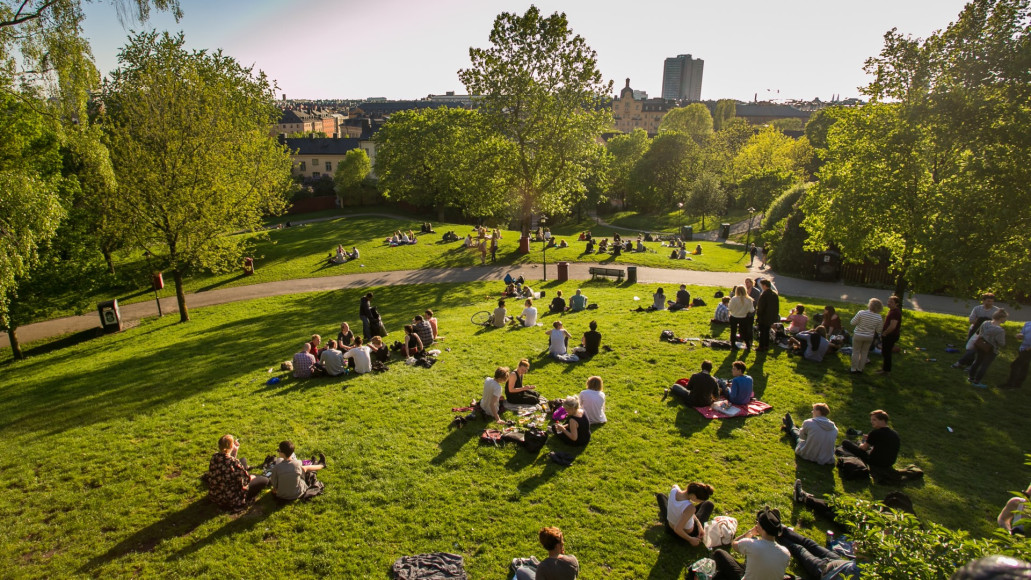In 2023, we are joining forces with the University of Antwerp to investigate the cooling effects of greenery in the city. Through the citizen science project 'Bomen zijn cool' (Trees are cool'), we will investigate the effect of trees in private gardens on their surrounding temperature. Do they prevent heat islands and heat stress and therefore improve the quality of life in the city? We set out to investigate with Karen Wuyts, project coordinator for urban ecology at the University of Antwerp.

With this project, we want to measure the positive contribution of trees to the living environment. They not only provide cooling in summer, but also increase biodiversity and air quality.
Patrick Verdonck
Business Development Manager Infrastructure



